Idea by
Joanne Pouzenc & Philine Schneider
Collage Lab
Call for ideas 2016
Post+Capitalist City
Post+Capitalist City
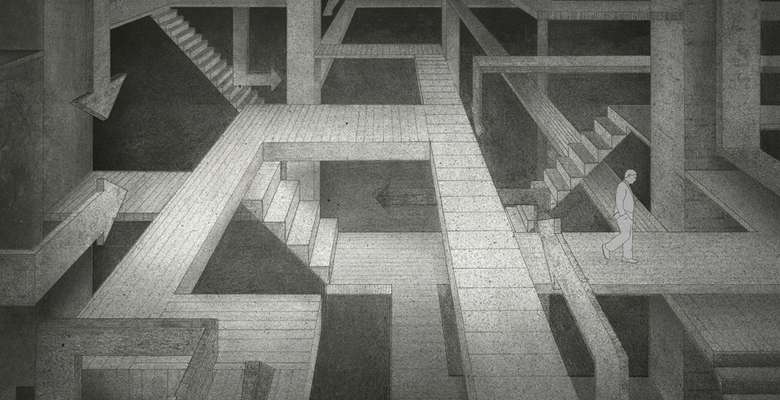
According to Andrea Branzi, Architecture is not simply something physical but a much more complex culture, whose projects are forms of thought that interpret the world. Architecture is often the result of a productive thinking constrained by its context. But what happens if architecture is the question?
POST+ as statement induces a step-by-step creative strategy and proposes to acknowledge and interpret the context at large to then get rid of it and reinvent new constraints to pattern another society. Finally, by transposing back the creative ideas envisioned for a Post+society into the « now and here », architecture becomes the ground question to rethink society.
The 130 propositions received through the call for ideas Post+Capitalist City formulate 130 versions of a (im)possible future that reflect on the present global situation and the critical directions one is willing to take.
Credit image : PILGRIMAGE, A DYSTOPIA by Sarah Vaz for Post+Capitalist City 4#Move
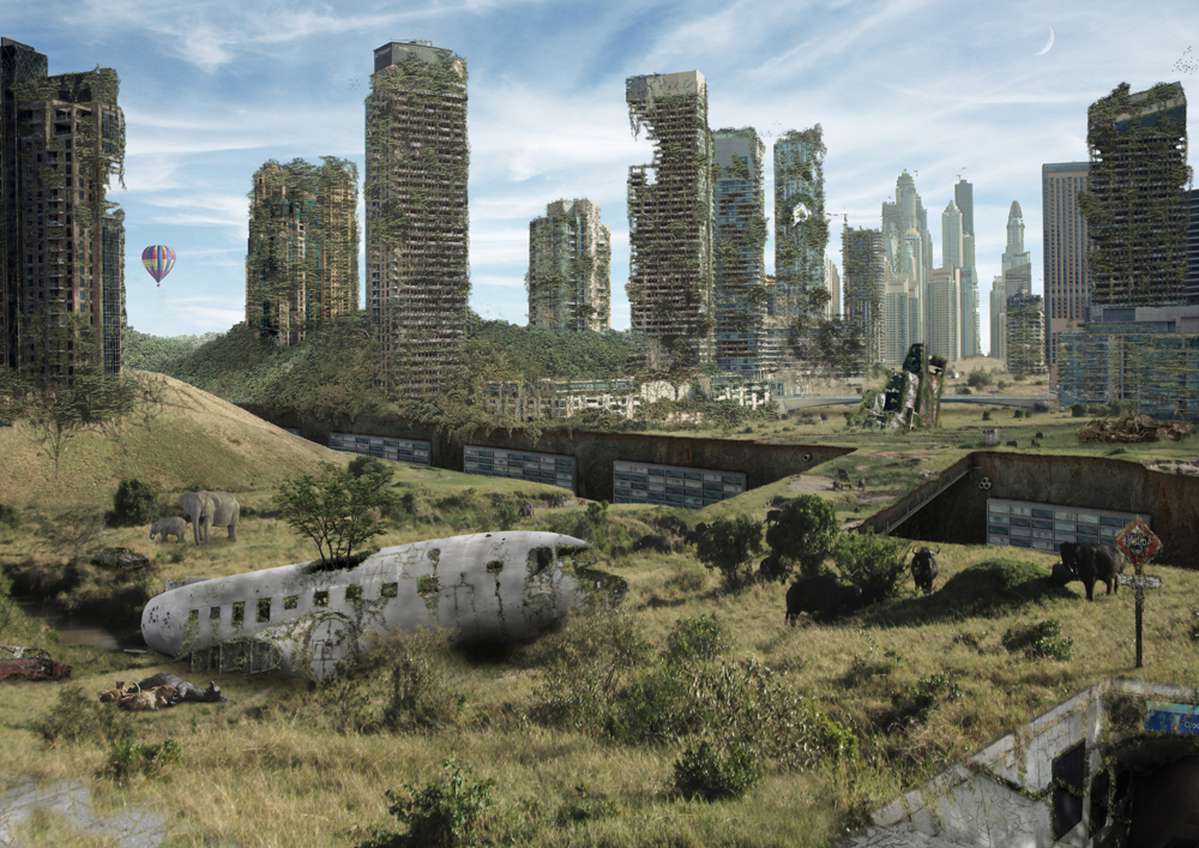
TECHNO_LOGIC_CITY by Charly Duchosal and Boris Lefevre for Post+Capitalist City 4#Move
With the collapse of the communist bloc and the emergence of the Internet, we have pasted to the age of globality. The concepts of elsewhere, of the unknown, of "still inaccessible" began to disappear from our imaginary.
At the "real time" era, the effects of the increased speed have been reversed.
In a world limited to itself, the acceleration stopped expanding the space but started contracting it.
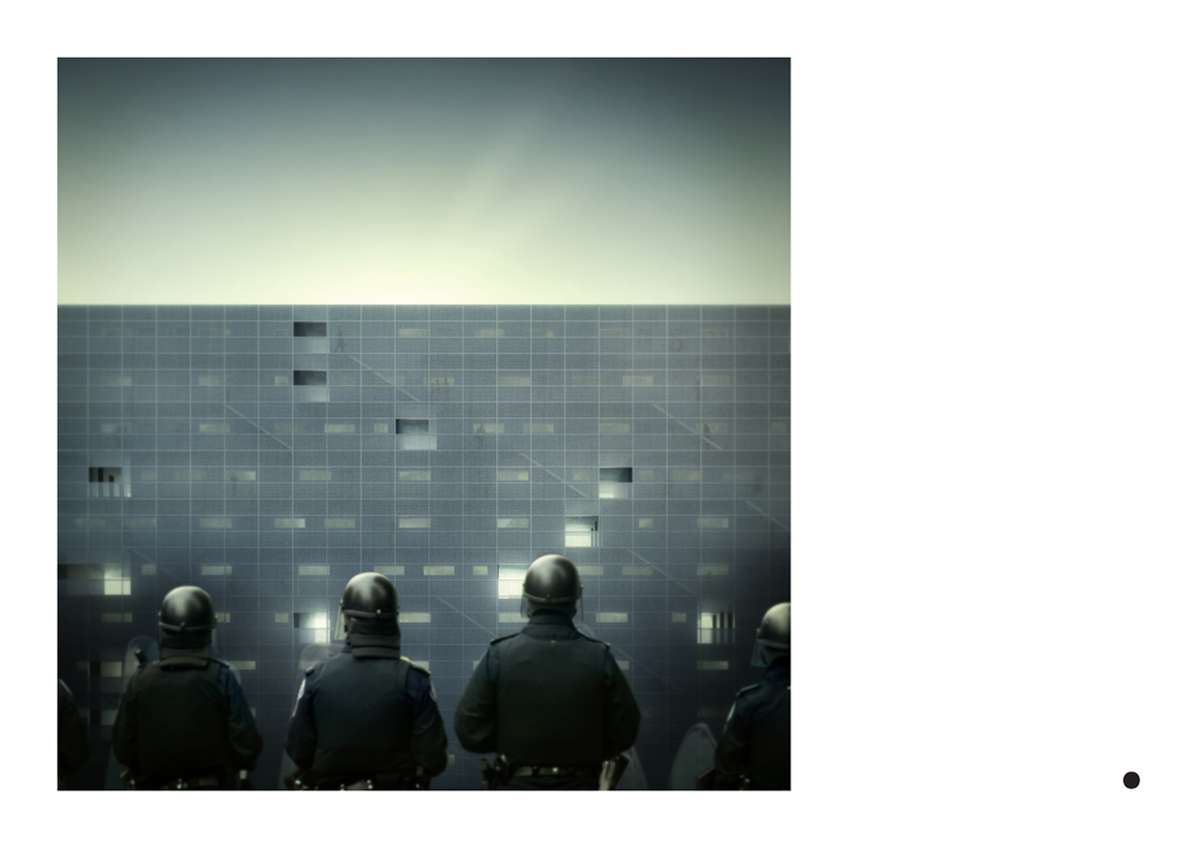
PARIS CIRCLE by Philipp Clemens for Post+Capitalist City 3#Move
This project takes Law 2010-597 as a starting point in an alternate future where Paris is reconfigured at a massive scale by a single line inscribing its boundary, clarifying its interior. This line takes the form of a circle 15.9km in radius, exactly 100km long. In total, there are 70,000 apartments within the circle. Scale distorts. The line is a circle is a building. The building is wall is home. […]
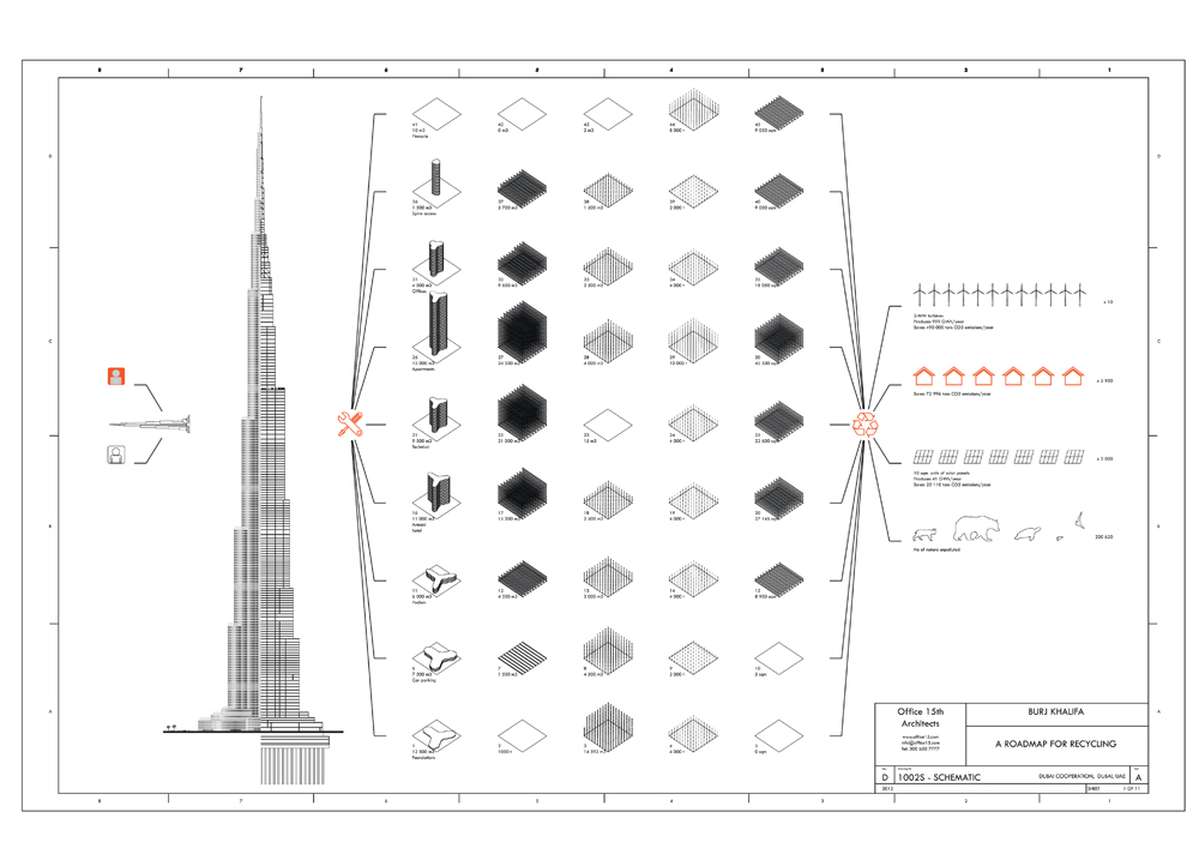
FROM CORPORATE TO COOPERATE by Dace Aumele and Dace Gurecka for Post+Capitalist City 2#Work
Dubai and its endless skyscrapers in desert are one of the globally biggest nature resource consumers.
A scenario for Dubai consisting of 3 steps-dismantling, recycling and reuse of all of the built fabrics and parks of the city, that could eventually multiple our earth ecological footprint three times and produce 56000 jobs by redesigning a sustainable landscape. […]
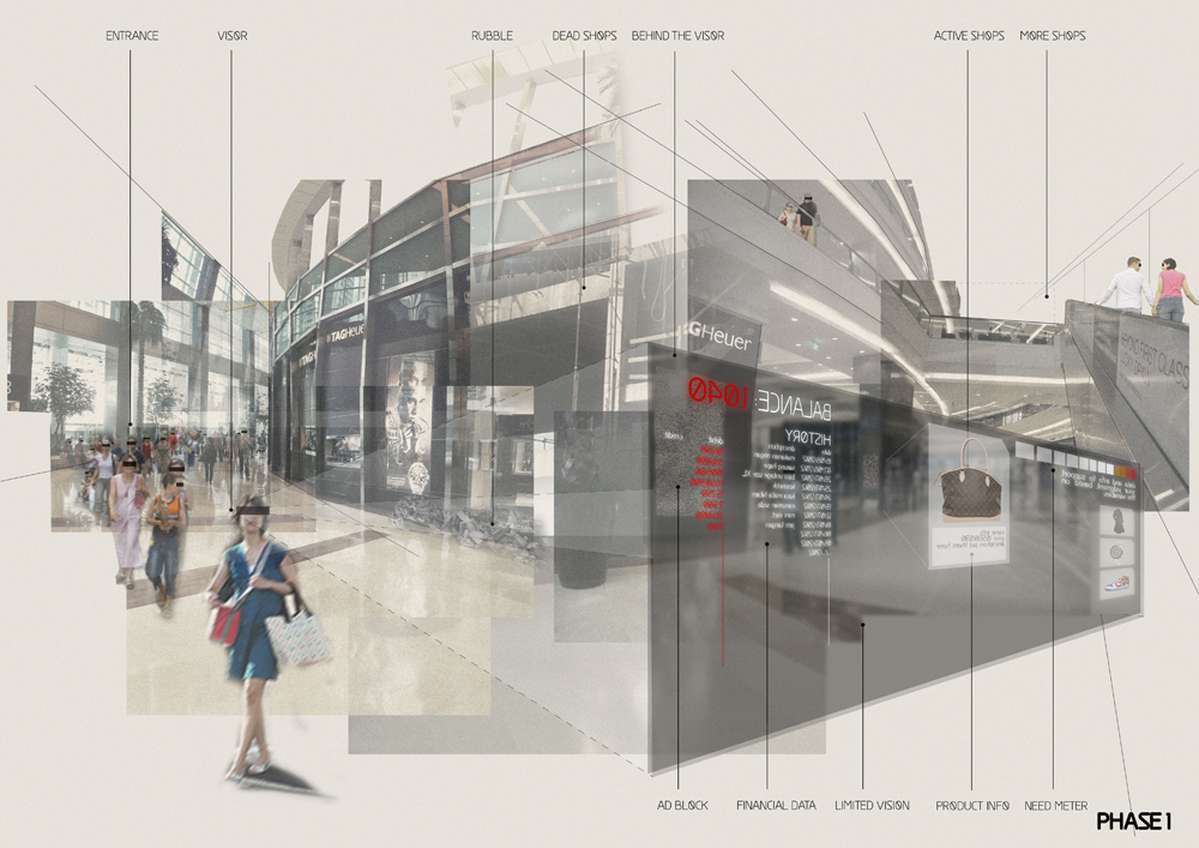
PROTOTYPING TRANSFORMATION by Peter Salim for Post+Capitalist City 1#Shop
The capitalist assumption that we have unlimited wants needs a new interpretation other than unlimited consumption.
A 4 phased transformation process - purge, procession, prototype, and progress - proposes to transform the shopping mall into a public space with non-consumerist stations that promote a sustainable vision for sustainable consumption. […]

PILGRIMAGE, A DYSTOPIA by Sarah Vaz for Post+Capitalist City 4#Move
Due to cultural homogenization in the 21st century, humans have evolved to respond to only one common signifier. Around 2150, the arrow was found to be the single universally understood symbol, and was thus adopted as the principal communication tool of the first world. Over time and across the globe all other symbols were lost, purged or buried. With nothing left but this, people began building monuments of the indicator.
Post+Capitalist City
Post+Capitalist City

According to Andrea Branzi, Architecture is not simply something physical but a much more complex culture, whose projects are forms of thought that interpret the world. Architecture is often the result of a productive thinking constrained by its context. But what happens if architecture is the question?
POST+ as statement induces a step-by-step creative strategy and proposes to acknowledge and interpret the context at large to then get rid of it and reinvent new constraints to pattern another society. Finally, by transposing back the creative ideas envisioned for a Post+society into the « now and here », architecture becomes the ground question to rethink society.
The 130 propositions received through the call for ideas Post+Capitalist City formulate 130 versions of a (im)possible future that reflect on the present global situation and the critical directions one is willing to take.
Credit image : PILGRIMAGE, A DYSTOPIA by Sarah Vaz for Post+Capitalist City 4#Move

TECHNO_LOGIC_CITY by Charly Duchosal and Boris Lefevre for Post+Capitalist City 4#Move
With the collapse of the communist bloc and the emergence of the Internet, we have pasted to the age of globality. The concepts of elsewhere, of the unknown, of "still inaccessible" began to disappear from our imaginary.
At the "real time" era, the effects of the increased speed have been reversed.
In a world limited to itself, the acceleration stopped expanding the space but started contracting it.
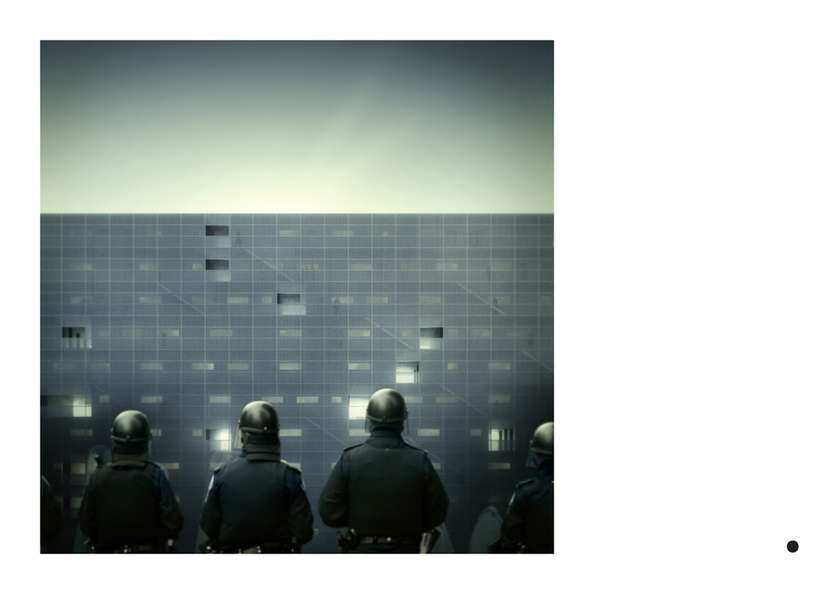
PARIS CIRCLE by Philipp Clemens for Post+Capitalist City 3#Move
This project takes Law 2010-597 as a starting point in an alternate future where Paris is reconfigured at a massive scale by a single line inscribing its boundary, clarifying its interior. This line takes the form of a circle 15.9km in radius, exactly 100km long. In total, there are 70,000 apartments within the circle. Scale distorts. The line is a circle is a building. The building is wall is home. […]
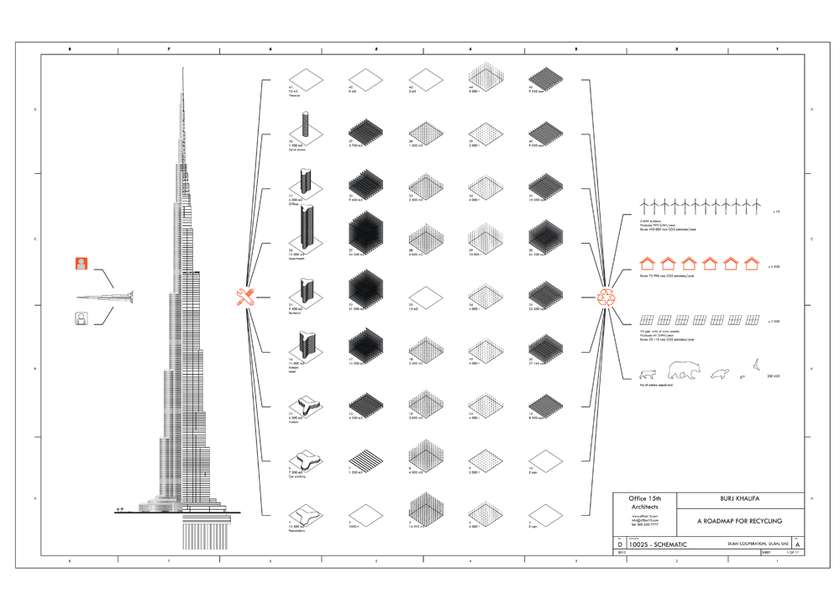
FROM CORPORATE TO COOPERATE by Dace Aumele and Dace Gurecka for Post+Capitalist City 2#Work
Dubai and its endless skyscrapers in desert are one of the globally biggest nature resource consumers.
A scenario for Dubai consisting of 3 steps-dismantling, recycling and reuse of all of the built fabrics and parks of the city, that could eventually multiple our earth ecological footprint three times and produce 56000 jobs by redesigning a sustainable landscape. […]
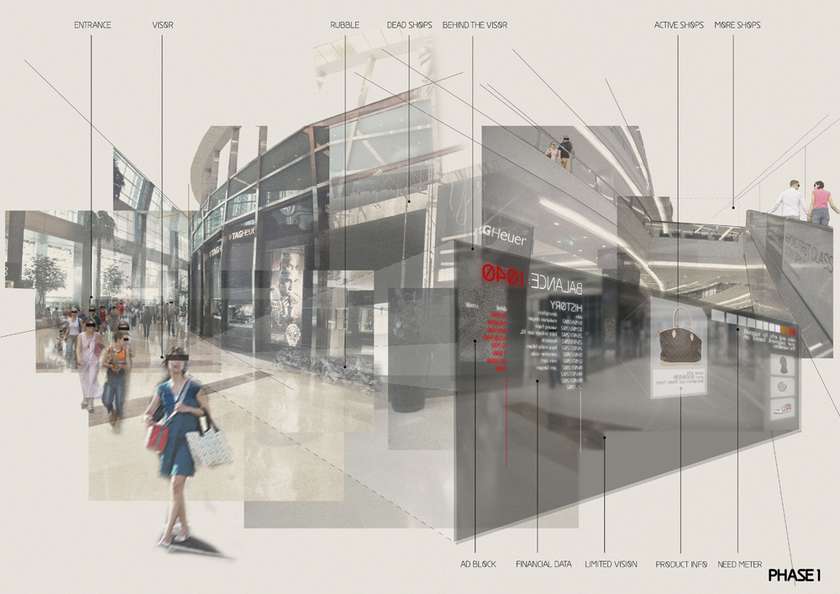
PROTOTYPING TRANSFORMATION by Peter Salim for Post+Capitalist City 1#Shop
The capitalist assumption that we have unlimited wants needs a new interpretation other than unlimited consumption.
A 4 phased transformation process - purge, procession, prototype, and progress - proposes to transform the shopping mall into a public space with non-consumerist stations that promote a sustainable vision for sustainable consumption. […]
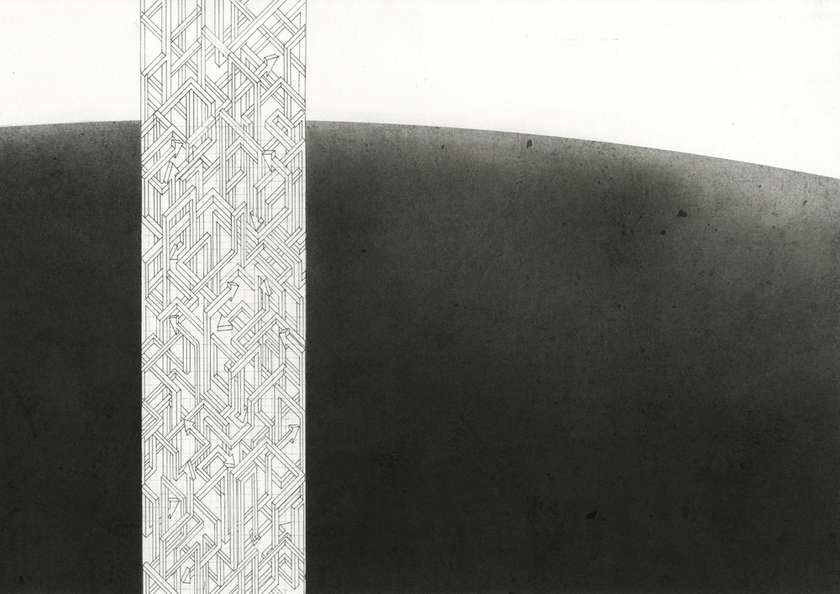
PILGRIMAGE, A DYSTOPIA by Sarah Vaz for Post+Capitalist City 4#Move
Due to cultural homogenization in the 21st century, humans have evolved to respond to only one common signifier. Around 2150, the arrow was found to be the single universally understood symbol, and was thus adopted as the principal communication tool of the first world. Over time and across the globe all other symbols were lost, purged or buried. With nothing left but this, people began building monuments of the indicator.